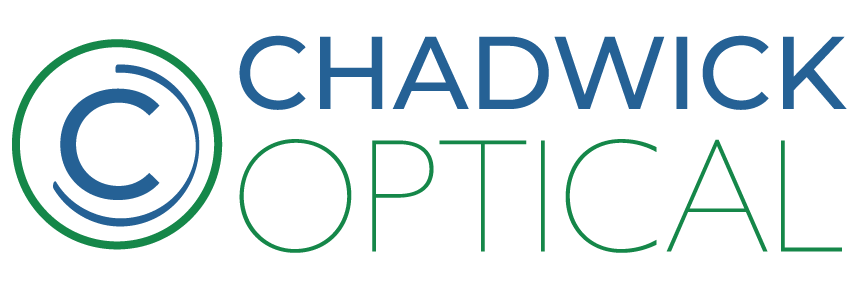Visual Field Loss – What the Pictures Get Wrong


It’s very rare that visual field loss is captured graphically in an accurate manner. While it’s easy to discount this common error as irrelevant, it leads to a flawed understanding of the fundamentals of visual field loss. Field loss is often depicted in imagery as black spots or black areas of vision.
Field loss is not black or grey. Field loss is “nothing.” Which brings us to a circular existential crisis that resembles the “Who’s on First” Abbott and Costello routine. What is nothing? Nonexistence. However, by attempting to define “nothing,” we bring it into existence, making it into something. Which it’s not something. It’s nothing. And round and round we go.
In addition to black spots being used as “something” to define visual field loss, photographs themselves are not reflective of how vision actually works. A photograph has edge to edge high resolution. Our visual system doesn’t work in high resolution. Less than 1% of the area of our visual field is capable of high resolution processing.
In pictures like those above, it’s easy to come away with the impression that vision loss is statically positioned, a sufferer of field loss is very aware of it’s location and effect, and they simply need to look “around” the scotoma to see what they wish to see.

